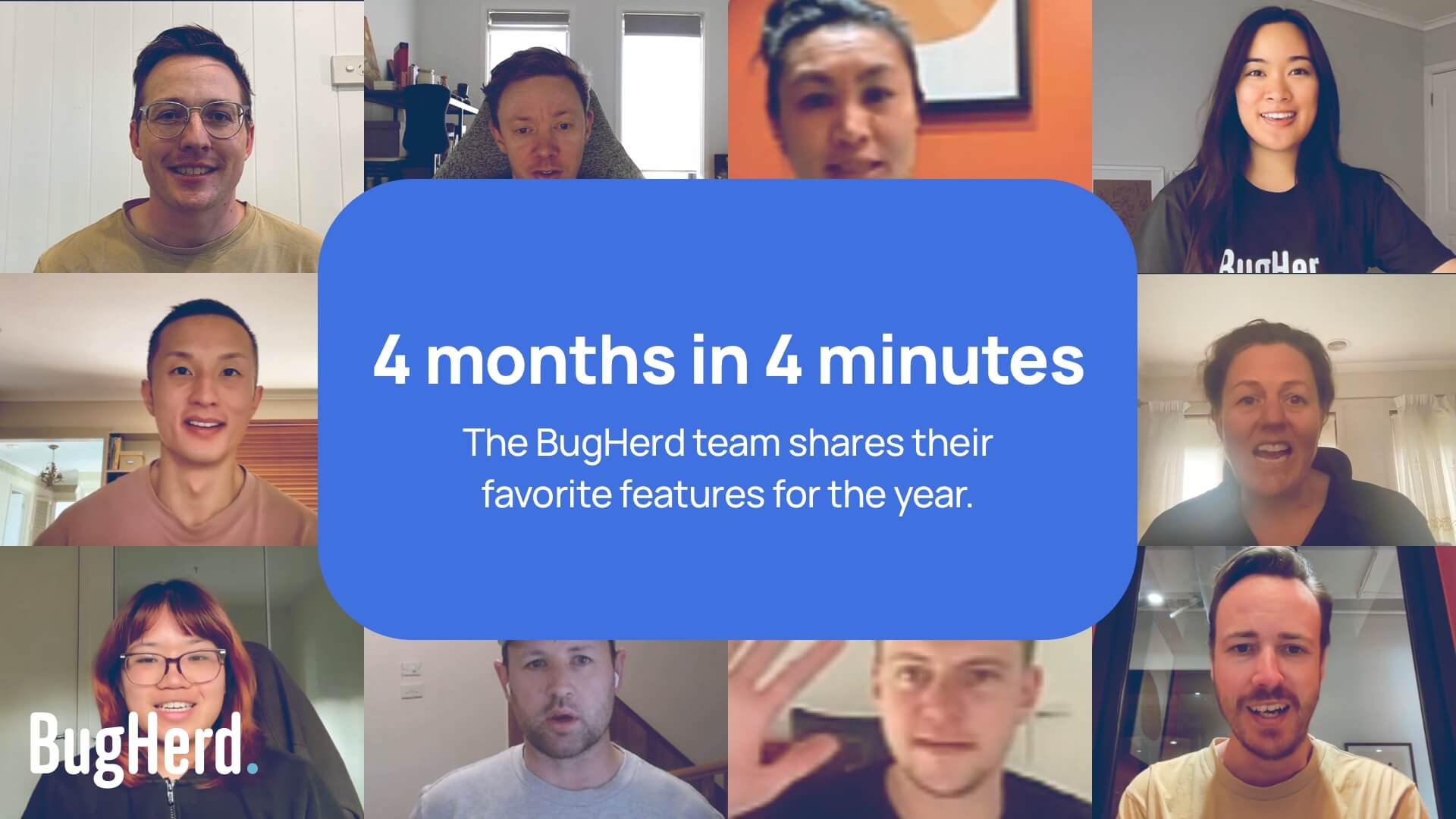In May, I travelled to Montreal to attend the Schoolism House Workshop. 28 days of intensive art training, that I hoped would help boost my artistic-know-how. I also foundthatmuch of what I learnt was very practical advice that couldbe applied to one’s design work. Fancy that?So why did I choose to attend this workshop on the other side of the world? It seems a little far to go in order to learn how to paint and draw. And I completely agree. The reason being that I specifically wanted to learn from this particular group of artists. Artists I admire, artists who want to teach and who care about sharing their knowledge. It’s not very often you find people who are willing or generous enough to divulge their trade secrets, so obviously I jumped at the chance.The question I get now is, "Was it worth it? And did I learn anything?" Myanswer is a resounding, “Yes and yeah.” Here’s why.Firstly, my growth as an artist has been astounding, and please don’t mistaken this statement for bragging. Most of what I learnt about drawing and painting has been a mixture of lessons from school teachers, how-to-draw books and YouTube videos. Which are all good ways to learn, but to become a great artist, I was not getting anywhere fast. Understandably, people learn in various ways, but my biggest “Uh Huh!” moments have been during in-person demonstrations or through one-on-one discussions. Plus I cannot stress the importance of feedback. Having someone point out exactly what you are doing wrong is far more helpful than guessing whether you've done something correctly and hoping for the best.Which always reminds me of a discussion I had with our workshop mentor, Thierry Lafontaine, where I explained to him that prior to the workshop, I was adamant I’d be able to become a great artist without anyone’s help. His response? “That’s like telling me you’d rather walk to Mexico than take a plane.” Harsh but true. If the knowledge is available to you, take it and run.You'll go much further with it than without.So, growth as an artist. You would have thought we'd jump into the deep end and get really philosophical about art, but Thierry broke everything down into manageable steps. Gradual steps, so that you barely noticed you were progressing to the next stage. He made us draw squares in the first week… squares! Anyone can draw a square, is probably what you’re thinking. That’s what we thought too. How wrong we were. The point, is that when we start drawing an object, there's the tendency to become overwhelmed by what we see, so the first step is make it simple. Now when I look around, I see squares and cubes. I kid you not. When I look at your face, I see a cube. Cubes. Everywhere.Secondly, being completely immersed in a world of art, with no distractions, was (for lack of a better word) enlightening. I have not had a chance to give 100% of my time to working on my art till now, and before the workshop, I wasn’t even sure if I would even be able to cope with painting day in, day out. Would I get bored? Would being creative still be enjoyable after so many hours? It was intense, but at no point was it a chore to sit down and work. That was a great feeling. To know that when I sat down art would happen.Thirdly, and for me one of the most important things I gained from this experience, was meeting some amazing people. Fellow artists to geek out with, to cook with, to play Broforce with, and to share the same insecurities about our art. Getting to meet and know artists like Thierry, Armand (and family), Bobby and Kei was an absolute privilege and terribly humbling. Now I have a little network of artists to call my own. Plus, now I know what real Indian and Mexican food tastes like.So. Here are some tips and advice that I found to be most valuable:30 minute studies (from a photo reference). If you don’t finish your painting within the 30 minutes, start again. You don’t learn as much when you spend hours on the same painting.Understand how an object works (a hat, a wagon, an apple). Understand how light works. You won’t be able to draw what you don’t understand.Make a list of artists you admire and do studies of their art (these can be longer than 30 mins). Take certain traits from their art, and add it to your own. However don’t just copy one artist, otherwise people will see you as a copy of the original.Have prints of artists’ work and put it up around your work desk, but change it every 4-6 weeks. So your source of inspiration is always fresh.Concentrated work, aka Getting Into the Zone. Personally I find it easier to get into the zone when I’m designing, there are times when I’m zipping through an app design and before I know it the day is over. Sometimes it takes a while to get to this working state, some people need music, others need absolute quiet, but most importantly it’s about removing distractions.Set a timer (I do stretches of 25 mins or 90 mins, with 5-15 min breaks in between), put your phone away, close any apps or windows you don’t need. It’s easier said than done, but totally worth it when you look at all the work you've accomplished.Approach established artists (or designers, developers etc.), but rather than asking for their time, offer yours and your services. If you are generous and helpful, you may end up spending enough time with them to gain an insight into how they work or even better, become their friend. Just don't be creepy about it.Network, and not just with established professionals. Artists who are just starting out, people who aren’t even in your field of work. You have no idea who you’ll met through a friend of a friend. However, having a little network of artists who you can discuss warm reflected light with, and who can give you honest feedback, is invaluable.Dream big. Set small goals, and also set a really really big goal. That really really big goal will keep you moving in the right direction, and it shouldn’t be just to attain your dream job. A good question to ask yourself is, what will be your legacy? How do you want people to remember you?So yes. If you ask me, "Was the workshop good?" My answer is, "Yes. It was very good."The Plug (sorry but not sorry): If you’re an artist or illustrator, or even if you’re just interested in becoming one, I’d highly recommend checking out the workshop and the many online classes that Schoolism offers.And also check out the amazing artists from the workshop (I'm sure they wouldn't mind if you said hello):Armand BaltazarBobby ChiuKei AcederaRahul KukrejaThierry LafontaineZyanya Guillen











.jpg)



